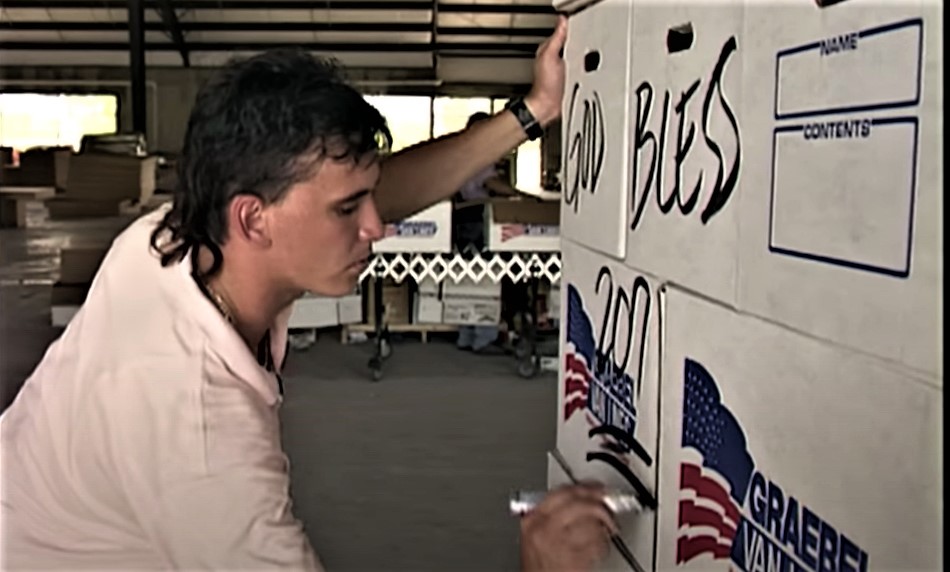
Marketing Funnel Flipped on its Head
May 17th, 2024 Posted by Emergent brand marketing, brand messaging, brand strategy, branded content, engagement, Insight, Strategic Planning, Uncategorized 0 comments on “Marketing Funnel Flipped on its Head”New direction on the evolving role of brand marketing
For the last 50 years CPG and retail brand building has been focused on chasing awareness. The theory that top-of-funnel recognition will lead to consideration, and if the brand is persuasive while spiraling further down the funnel, a consumer purchase will occur. Leave it to the impact of evolving culture and the presence of existential, environmental threats to shift behaviors and push the funnel off its pedestal. A distinctive new path to brand building has emerged and we will unpack it here. The good news: we are entering a period of unprecedented brand engagement, but the rules to success are decidedly different.
Remarkably the century old thinking that underpins the funnel was first developed in 1896 by E. St. Elmo Lewis, owner of a Philadelphia-based ad agency, who published the first theory on “consumer path to purchase” he called AIDA – short for Awareness, Interest, Desire and Action. By 1924 this concept had morphed into what we now refer to as the Purchase Funnel. Yes, there have been a few modifications along the way to accommodate digital and social media channels, but the basic view of awareness as the golden goal has traveled with the adjustments, until now.
The funnel is dead, long live the funnel…
The fundamental weaknesses of the funnel model have been exposed, as follows:
- It is grounded in transactional thinking that positions consumers as walking wallets
- It fails to address the dynamics of how real brand relationships are built
- Assumes that consumers will behave in a linear fashion on the road to purchase
It’s fair to say that the focus of brand marketing work and investment has leaned heavily on top of funnel activity, frustrated somewhat by the demise of mass media, the splintering of consumer attention across channels and their uncanny newfound ability to avoid it all. Of note, tactical sophistication here in digital media eyeball aggregation isn’t helped by inherent strategic weakness.
Here’s the truth as we now know it. Consumers – especially Gen Z and Millennials – no longer operate in linear fashion. For one, the purchase isn’t the end game, rather it is the starting point. Consumption is now an infinite loop of inspiration, exploration, community participation and advocacy.
- Old brand world: defined by conventional advertising, digital or analog
- New brand world: defined by content, events, experiences and fandom
What are you risking if you continue to be an awareness chaser?
Declining relevance: your brand and business are seen as exploitive, possibly manipulative and transactional.
Lacking authenticity: your brand expresses promotional hype over user help in a world now longing for trust and deeper meaning from the brands consumers care about.
Incidentally, this is why Emergent exists. We focus on new strategic approaches that are grounded in culture and the latest consumer insight. Today, when consumers buy a product, they are actually buying your story and not a stock keeping unit (sku).
Edelman Trust Barometer sheds light on the shift
Edelman’s latest trust report revealed a remarkable change in behavior that has significant implications to sound brand building strategy. People have a strong cognitive bias for post-purchase rationalization. In fact, we also know that 95% of the time, consumers are driven by their efforts to avoid making a bad decision, or to experience disappointment.
Edelman’s research confirms where the action is: 50% of consumers now conduct the vast majority of their brand research AFTER purchase and not before. What’s more, 78% are looking for credible proof and validation that they made the right decision. Turns out post purchase is when people are most open to brand engagement.
You might be wondering what’s behind this change…
- The systematic dilution of trust and belief based in part on the absence of any prevailing brand value system, higher purpose or real, obvious evidence of same.
- The precipitous rise of vulnerability, uneasiness over a perceived lack of personal control authored by political, social and environmental stresses.
- Too many brands think all they have to do is invoke the word trust in their marketing and they are automatically, well, trusted. Not so. Trust is earned not acquired. Always deeds more than words.
Right below the surface people look for safety and security in the midst of accelerating experiences sponsored by uncontrollable events around them. This manifests as a desire for deeper meaning, purpose and trust – now at an all-time premium. Call it heightened expectations for visible, demonstrable, easy-to-see brand values and a courageous point of view.
So how does it work now?
Consumer pre-purchase research leans into the influence of brand social communities where they uncover member reviews, experiences and hopefully advocacy. Thus, the strongest predictor of a thriving social strategy is the rate at which members connect with each other vs. the brand’s self-promoting posts. It just makes sense – people believe and respect the voices of their peers before they accept assertions claimed by brands.
Brand marketing is now about cultural influence
The great news – consumers in a post-purchase focused world are primed for engagement. No need to wrestle them to the ground with look-at-me overreach. Here’s directional advice on best practices.
- Trust creation: you should be conveying and demonstrating your brand purpose, mission and identity beyond the product on offer. Brand actions, reinforced through communication and education, helps you earn trust.
- You’re working to confirm: competence, ethics, values and relevance to your consumer based on their identity and aspirations, which you endeavor to help enable.
- You deploy: credible and trusted voices in the form of “people like me” (via User Generated Content), scientists and academic experts, brand tech experts and employees.
It’s exciting to know that following purchase 79% of consumers engage in branded content, will participate in brand activities and want to connect on your social platforms. Your brand marketing should be operating to help feed and encourage this behavior. Trusted brands are repurchased, they secure loyalty and encourage evangelism.
If you’re interested in exploring the implications and strategies of a post-funnel marketing environment, use the link below to ask questions. Discussion and exploration can be enlightening, and we would be honored to talk informally with you about this exciting topic.
Looking for more food for thought? Subscribe to the Emerging Trends Report.
Bob Wheatley is the CEO of Chicago-based Emergent, The Healthy Living Agency. Traditional brand marketing often sidesteps more human qualities that can help consumers form an emotional bond. Yet brands yearn for authentic engagement, trust and a lasting relationship with their customers. Emergent helps brands erase ineffective self-promotion and replace it with clarity, honesty and deeper meaning in their customer relationships and communication. For more information, contact Bob@Emergent-Comm.com and follow on Twitter @BobWheatley.






